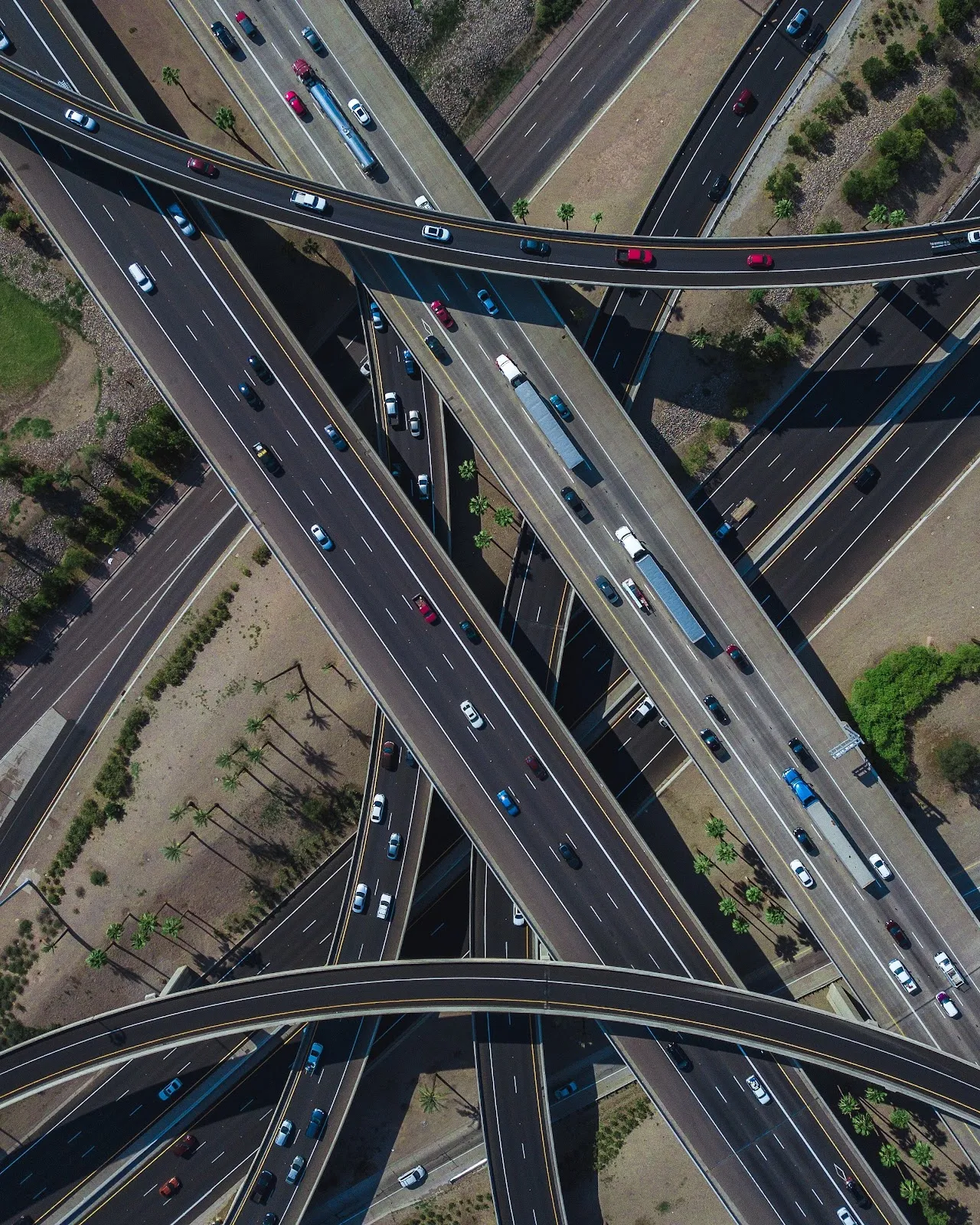Revolutionizing Road Infrastructure: India's Path to Progress
Road development in India has played a pivotal role in driving economic growth, fostering national integration, and improving the overall quality of life for its citizens. With a vast and diverse landscape and a population of over 1.3 billion, India's road network is a lifeline that connects people, goods, and resources across the country. This essay explores the historical context, major initiatives, and the impact of road development on India's progress.
1. Historical Context
The origins of road development in India can be traced back to ancient civilizations, where well-constructed roads were evident during the Mauryan and Gupta empires. However, during British colonial rule, road development was primarily geared towards serving colonial interests, such as facilitating troop movement and transporting goods for trade. After gaining independence in 1947, India recognized the need for comprehensive road infrastructure to foster national unity and drive economic development.
2. National Highways Development Project (NHDP)
Launched in 1998, the National Highways Development Project aimed to expand and modernize the country's national highways. The project encompasses several phases, including the Golden Quadrilateral and North-South & East-West Corridors, connecting major cities and economic hubs. The NHDP has significantly reduced travel time, improved connectivity, and boosted economic activity along these key routes.
3. Bharatmala Pariyojana
Announced in 2017, the Bharatmala Pariyojana is a transformative initiative focused on constructing 34,800 km of highways, including economic corridors, border and coastal roads. This project aims to enhance connectivity in remote areas, boost trade, and reduce logistics costs. By integrating roadways with multimodal transport systems, Bharatmala Pariyojana aims to create an efficient and robust transportation network.
4. Pradhan Mantri Gram Sadak Yojana (PMGSY)
Launched in 2000, PMGSY is a flagship program that aims to provide all-weather road connectivity to unconnected rural areas. By linking villages to markets, schools, and healthcare facilities, PMGSY has been instrumental in promoting rural development and reducing poverty. The program has connected thousands of previously isolated villages, improving the overall socio-economic conditions of rural communities.
5. Expressways
India has witnessed significant growth in expressways, high-speed roads designed for smooth and efficient transportation. The Mumbai-Pune Expressway, Delhi-Mumbai Expressway, and Eastern Peripheral Expressway are prominent examples. These expressways have not only reduced travel time between major cities but have also enhanced trade and commerce.
6. Impact on Economic Growth
The development of road infrastructure has had a profound impact on India's economic growth. Enhanced connectivity has facilitated the movement of goods, reducing transportation costs and stimulating trade. It has also attracted investment and industries to previously underserved regions, promoting economic development and employment opportunities.
7. Social Impact
Improved road connectivity has had a transformative effect on the lives of people. Access to better transportation has increased access to education, healthcare, and other essential services, particularly in remote areas. It has empowered communities, reduced social disparities, and improved overall living standards.
Conclusion
India's road development journey has been a testament to the country's commitment to progress and development. Initiatives such as the NHDP, Bharatmala Pariyojana, PMGSY, and expressways have revolutionized transportation, fostering economic growth, social inclusivity, and regional connectivity. The continued focus on road development remains integral to India's aspiration of becoming a modern, dynamic, and inclusive nation. By further expanding and modernizing its road network, India will continue on its path to progress, ensuring a brighter and more connected future for its citizens.


Post a Comment